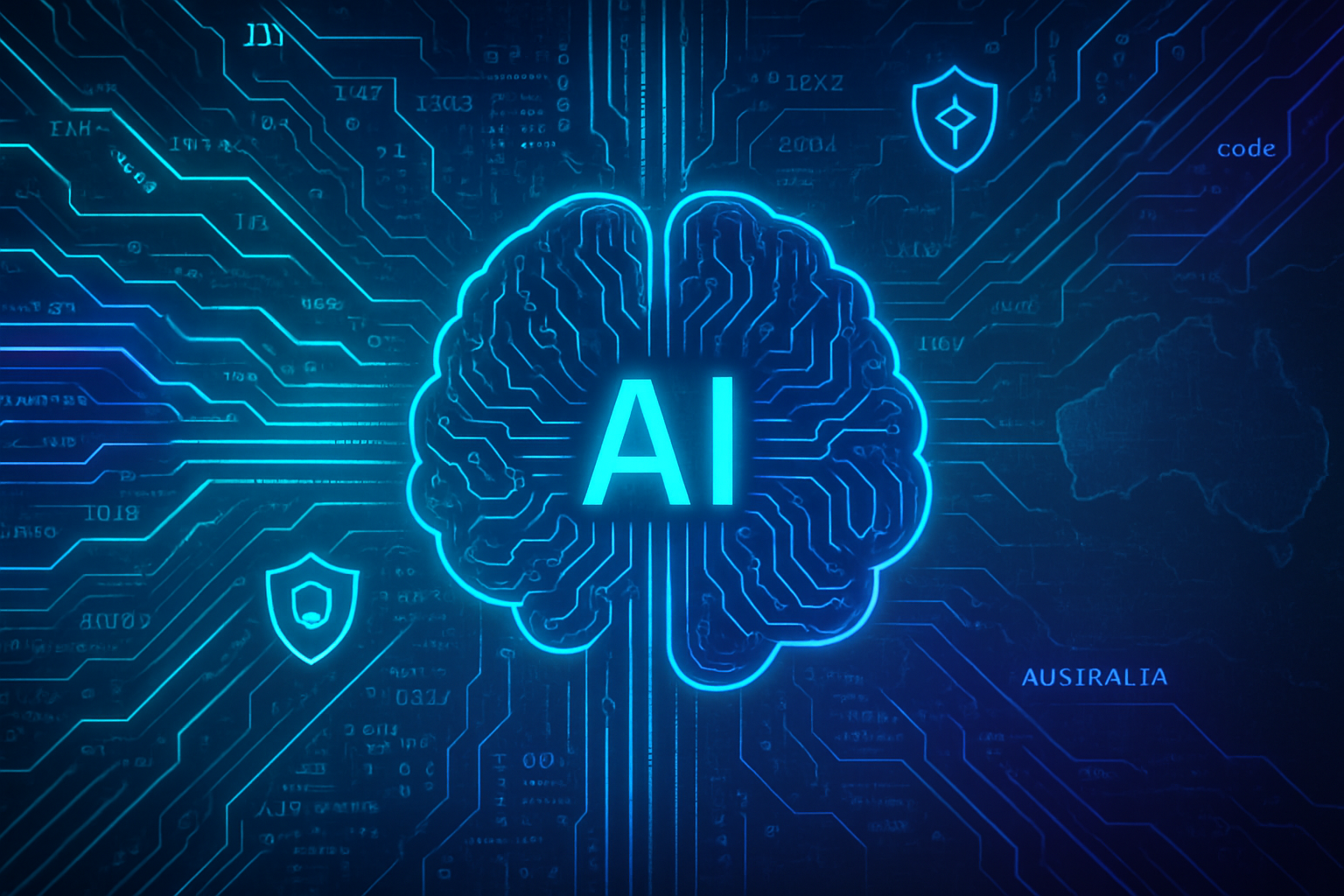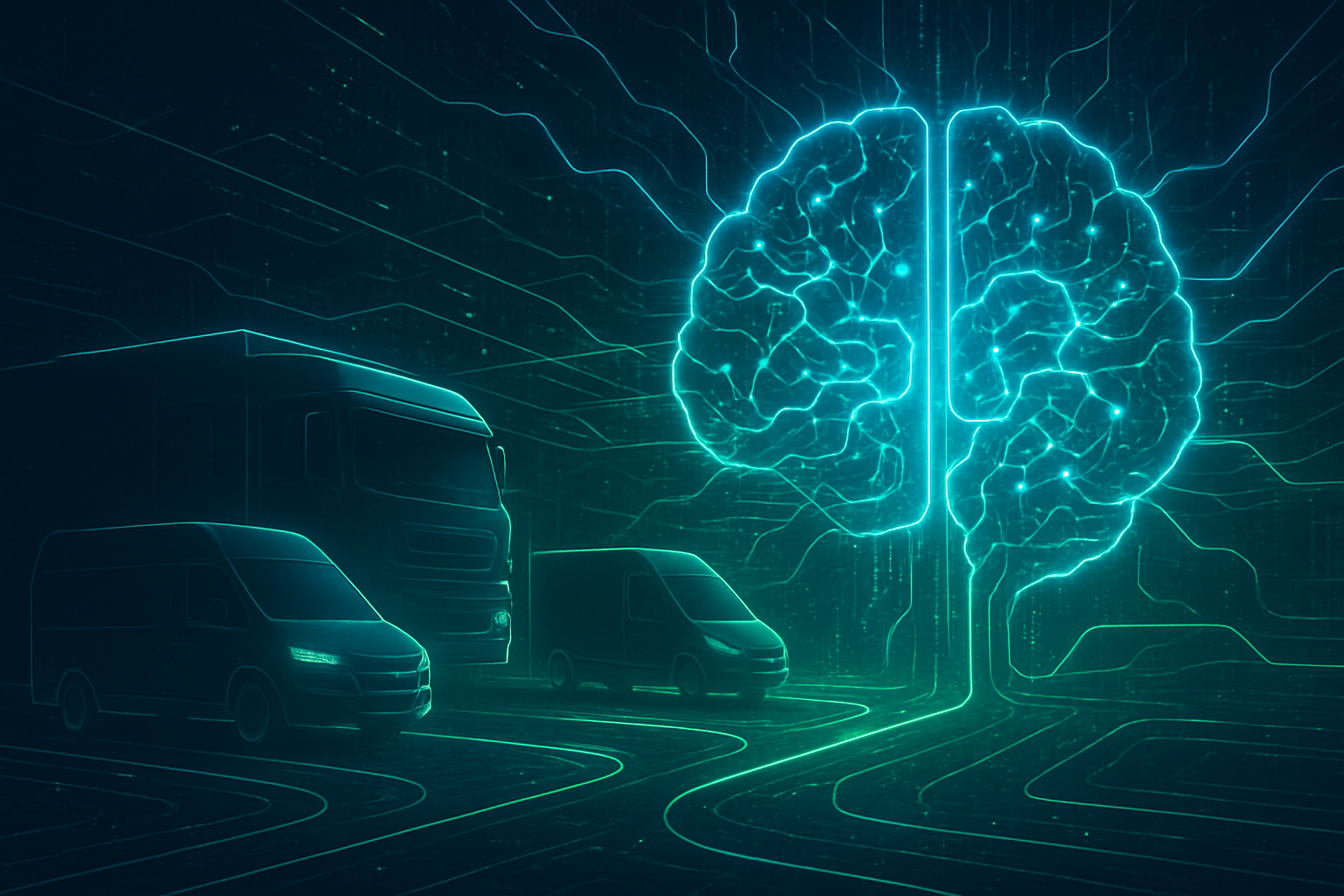Meta (NASDAQ: META) has initiated the shutdown of accounts belonging to Australian teenagers under 16 across its flagship platforms, including Facebook, Instagram, and Threads. This unprecedented move, which began with user notifications on November 20, 2025, and is slated for full implementation by December 10, 2025, comes in direct response to a sweeping new social media ban enacted by the Australian government. The legislation, effective December 10, mandates that social media companies take "reasonable steps" to prevent minors under 16 from accessing and maintaining accounts, with non-compliance carrying hefty fines of up to A$49.5 million (approximately US$32.09 million).
This decision marks a significant moment in the global discourse around youth online safety and platform accountability. As the first major tech giant to publicly detail and execute its compliance strategy for such comprehensive age restriction laws, Meta's actions are setting a critical precedent. The immediate impact will see an estimated 150,000 Facebook users and 350,000 Instagram users aged 13-15 in Australia lose access, prompting a scramble for data preservation among affected youth and sparking widespread discussion about the future of online access for minors worldwide.
Technical Compliance and Age Assurance Challenges
The Australian government's legislation targets platforms whose "sole or significant purpose is to enable online social interaction between two or more users," encompassing Meta's primary social offerings. In its phased compliance strategy, Meta will first block new account registrations for under-16s, followed by the deactivation of existing accounts, with full removal of access anticipated by the legislation's effective date. The company has communicated a 14-day notice period for affected teenagers, allowing them to download and save their digital footprints—posts, messages, and Reels—before their accounts go dark. Options also include updating contact details to regain access upon turning 16, or permanent deletion.
Technically, implementing such a ban presents considerable challenges. Meta has indicated it will employ various age assurance methods, adopting a "data minimisation approach." This means additional verification will only be requested when a user's stated age is doubted, aiming to balance compliance with user privacy. However, the inherent difficulties in accurately determining a user's true age online are widely acknowledged, raising questions about the efficacy and potential for false positives or negatives in age verification systems. This approach differs significantly from previous, less stringent age-gating mechanisms, requiring a more robust and proactive stance from platforms.
Initial reactions from the AI research community and industry experts highlight the dual nature of this development. While many commend the intent behind protecting minors, concerns are raised about the technical feasibility of foolproof age verification, the potential for circumvention by determined teenagers, and the broader implications for digital literacy and access to information. Experts are closely watching Meta's implementation, particularly its age assurance technologies, as a case study for future regulatory frameworks globally. This marks a departure from self-regulation, pushing platforms towards more direct and legally mandated intervention in user access based on age.
Reshaping the Social Media Landscape for Tech Giants
Meta's compliance with Australia's new social media ban for teenagers will profoundly reshape the competitive landscape for tech giants and startups alike. For Meta (NASDAQ: META), the immediate impact involves the loss of nearly half a million teenage users across its core platforms in Australia. While the company projects "minimal to no impact on ad performance for most customers" due to already limited targeting opportunities for younger audiences, the reduction in its potential future user base and engagement metrics is undeniable. Meta Australia's managing director has affirmed the country remains an important market, but the company also faces ongoing compliance costs associated with developing and deploying sophisticated age verification technologies.
Other major social media players, including TikTok and Snap Inc. (NYSE: SNAP), are facing similar mandates and have expressed commitment to compliance, despite concerns about practical enforcement. TikTok anticipates deactivating approximately 200,000 underage accounts in Australia, while Snapchat expects around 440,000 under-16 accounts to be affected. For these platforms, which often have a higher proportion of younger users, the direct loss of engagement and potential long-term financial implications from a shrinking youth demographic could be more pronounced. The displacement of hundreds of thousands of users across these platforms is expected to create a strategic scramble for the attention of teenagers once they turn 16, or, more concerningly, drive them towards less regulated digital spaces.
This regulatory shift introduces significant disruptions and potential strategic advantages. Platforms not explicitly covered by the ban, or those with different primary functions, stand to benefit. These include Meta's own Messenger (excluded for continued access), WhatsApp, YouTube Kids, Discord, GitHub, Google Classroom, LEGO Play, Roblox, and Steam. Roblox, for instance, has already rolled out age-verification features in Australia, arguing the ban should not apply to its platform. This could lead to a migration of Australian teenagers to these alternative online environments, altering engagement patterns and potentially redirecting advertising budgets in the long term. The acceleration of robust age verification technology development becomes a critical competitive factor, with companies investing in solutions ranging from behavioral data analysis to third-party video selfies and government ID checks.
Broader Implications for Youth Online and Global Regulation
The Australian social media ban and Meta's subsequent compliance represent a pivotal moment in the broader AI and digital landscape, particularly concerning youth online safety and governmental oversight. This "world-first" comprehensive ban signals a significant shift from self-regulation by tech companies to assertive legislative intervention. It firmly places the onus on platforms to actively prevent underage access, setting a new standard for corporate responsibility in protecting minors in the digital realm. The ban's success or failure will undoubtedly influence similar regulatory efforts being considered by governments worldwide, potentially shaping a new global framework for child online safety.
The impacts extend beyond mere account deactivations. There are considerable concerns that the ban, rather than protecting teenagers, could inadvertently push them into "darker corners of the Internet." These unregulated spaces, often less moderated and with fewer safety mechanisms, could expose minors to greater risks, including cyberbullying, inappropriate content, and predatory behavior, undermining the very intent of the legislation. This highlights a critical challenge: how to effectively safeguard young users without inadvertently creating new, more dangerous digital environments. The debate also touches upon digital literacy, questioning whether restricting access entirely is more beneficial than educating youth on responsible online behavior and providing robust parental controls.
Comparisons to previous AI milestones and breakthroughs, while not directly applicable in a technical sense, can be drawn in terms of regulatory precedent. Just as GDPR redefined data privacy globally, Australia's ban could become a benchmark for age-gated access to social media. It underscores a growing global trend where governments are no longer content with voluntary guidelines but are enacting strict laws to address societal concerns arising from rapid technological advancement. This development forces a re-evaluation of the balance between open internet access, individual freedom, and the imperative to protect vulnerable populations, particularly children, from potential online harms.
The Road Ahead: Future Developments and Challenges
Looking ahead, the implementation of Australia's social media ban and Meta's response will undoubtedly catalyze several near-term and long-term developments. In the immediate future, the focus will be on the efficacy of age verification technologies. Experts predict an intensified arms race in age assurance, with platforms investing heavily in AI-powered solutions to accurately determine user age while navigating privacy concerns. The effectiveness of these systems in preventing circumvention—such as teenagers using VPNs or falsified IDs—will be a critical determinant of the ban's success. There's also an expectation of increased engagement on platforms not covered by the ban, as Australian teenagers seek new avenues for online interaction.
Potential applications and use cases on the horizon include more sophisticated, privacy-preserving age verification methods that leverage AI without requiring excessive personal data. This could involve anonymous credential systems or advanced behavioral analysis. Furthermore, this regulatory push could spur innovation in "kid-safe" digital environments, prompting companies to develop platforms specifically designed for younger audiences with robust parental controls and age-appropriate content.
However, significant challenges need to be addressed. The primary concern remains the potential for driving teenagers to less secure, unregulated online spaces. Policymakers will need to monitor this closely and adapt legislation if unintended consequences emerge. The global harmonization of age restriction laws also presents a challenge; a patchwork of different national regulations could create complexity for international tech companies. Experts predict that if Australia's ban proves effective in protecting minors without undue negative consequences, other nations, particularly in Europe and North America, will likely follow suit with similar legislation, ushering in an era of more stringent digital governance for youth.
A New Era for Youth Online Safety
Meta's decision to shut down accounts for Australian teenagers, driven by the nation's pioneering social media ban, marks a profound inflection point in the narrative of youth online safety and digital regulation. The immediate impact, affecting hundreds of thousands of young Australians, underscores a global shift from corporate self-governance to assertive governmental intervention in the digital sphere. This development highlights the increasing recognition that the digital well-being of minors requires more than voluntary measures, necessitating robust legislative frameworks and proactive compliance from tech giants.
The significance of this development in AI history, while not a direct AI breakthrough, lies in its demand for advanced AI-powered age verification technologies and its potential to set a global precedent for how societies regulate access to digital platforms based on age. It forces a critical re-evaluation of how technology companies design and operate their services, pushing them towards greater accountability and innovation in safeguarding younger users. The long-term impact could see a fundamental restructuring of how social media platforms are accessed and experienced by youth worldwide, fostering an environment where online safety is paramount.
In the coming weeks and months, the world will be watching closely. Key takeaways include the urgent need for effective age assurance, the potential for user migration to alternative platforms, and the ongoing debate about balancing online freedom with protection. What to watch for next includes the actual effectiveness of Meta's and other platforms' age verification systems, any unforeseen consequences of the ban, and whether other countries will move to adopt similar comprehensive legislation, thereby solidifying Australia's role as a trailblazer in digital governance for the next generation.
This content is intended for informational purposes only and represents analysis of current AI developments.
TokenRing AI delivers enterprise-grade solutions for multi-agent AI workflow orchestration, AI-powered development tools, and seamless remote collaboration platforms.
For more information, visit https://www.tokenring.ai/.




